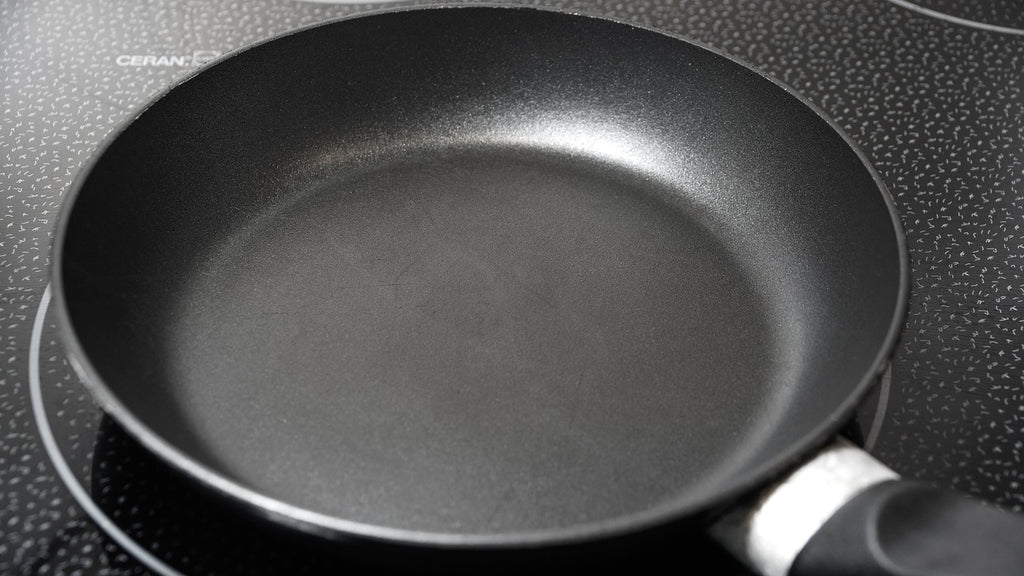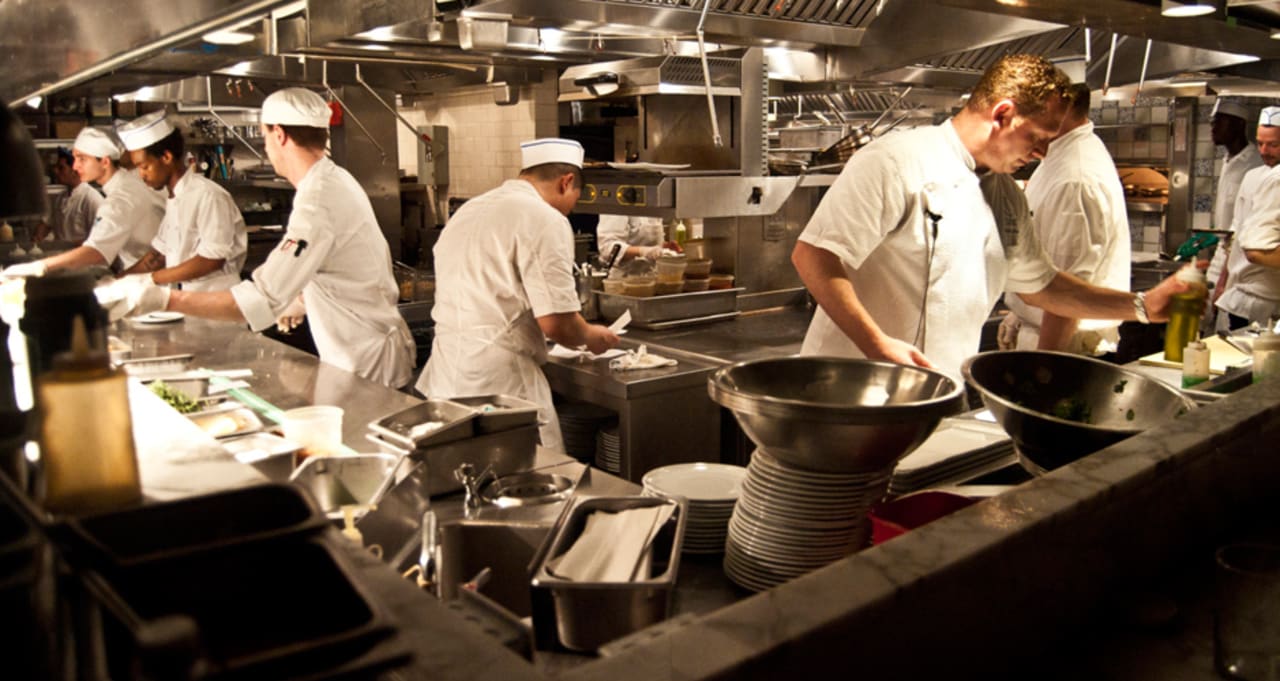
There are many levels of difficulty in cooking for kids. The basic techniques are best suited for younger kids, while older ones may need more assistance. Three- to five-year-olds are the ideal age. These are some of the best kitchen tasks for kids. These activities can also be used to help with more difficult cooking or grocery shopping. Whatever your age, there are some basic cooking skills that kids can start with right away.
Basic cooking skills
Basic cooking skills are essential for any successful mealtime, whether you're looking to teach your child to cook or just want to improve your skills. There are many age-appropriate skills for cooking, but some require more supervision. These are the top guidelines you should remember.
Age ranges
Children can learn basic hand washing skills at this age and can follow simple recipes. They can also do their own work. They will soon be able to comprehend the basic concepts of assembling food, such as mixing ingredients or slicing them. This is a great time for basic kitchen tools like the oven to be introduced. As they learn and grow, they may be able make adjustments to their recipes or use more complex kitchen appliances.
Techniques
There are many advantages to cooking together with your children. It's a great way to build vocabulary while bonding with your child. It's also a fun and rewarding way to share the responsibility of cooking with your child. It takes patience and time to cook with a toddler. Select simple recipes that suit their ability level. Choose recipes that do not require long cooking times. Make sure to choose dishes that are interesting in texture and colour. Using these techniques will make the cooking experience enjoyable for everyone!

Engage children in the kitchen
A great way to make dinnertime enjoyable for all is to get your kids involved in the kitchen. It can also teach them valuable life skills. Although newborns don't have the skills to cook, they can learn basic cooking techniques in the kitchen. By allowing them to interact with food in the kitchen, you'll normalize the activity for them. As they age, they will become more interested in cooking. They will naturally be more curious about the kitchen as they grow older.
Food presentation
It doesn't matter if you cook for your family or for your kids, the importance of food presentation is paramount. Food presentation has a huge impact on children's eating habits. Here are some tips for making your food look the best. Fun garnishes such as carrot curls or radish roses are also possible. Just remember to supervise children while they're handling knives. You can help them by asking an adult if they have questions about the knife.
Measurements
Math skills can be improved by teaching your children how to measure. This skill will have many benefits, including improving your child's sense of time. The children will be able compare quantities and estimate using cups and utensils. These skills will come in handy when the kids move on to more difficult math classes, such as prealgebra or geometry. But it doesn't stop there. Kids will also develop their fine motor skills, improve their sequencing skills, and increase their reading skills.
Self-confidence
It is a great way for children to develop self-confidence through their cooking skills. Children who learn how to cook from scratch are more likely to continue these good habits into adulthood. Children will also feel proud when they make something from scratch, which will help boost their self-confidence. Cooking can foster family bonds and teach children a sense of responsibility.

FAQ
What skills do I need to get into culinary school?
To become a chef, you must be able to cook well, work under pressure, and understand food safety regulations. For a basic understanding of cooking, it is advisable to enroll in cooking classes at the local high schools or community colleges. After you have learned the basics, you can apply for jobs in a restaurant or catering business.
How Long Does It Take to Be a Chef? What Is the Average Career Path?
Becoming a chef takes approximately five years. You will be able to learn basic cooking techniques as well as gain practical experience working in a kitchen. You can apply for line, sous or executive chef positions after you complete your training. The annual average salary of a chef is $25,000-$60,000.
How much does it cost to study Culinary Arts?
There are many factors that influence the cost of learning culinary arts. A four-year degree usually costs around $40,000. A two-year associate's program may be less expensive at $5,000. Tuition rates depend on the type of program you select. Private institutions charge higher prices than public ones.
How much does it cost to go to culinary school?
The costs of culinary school can vary depending on where and how long it takes. The average tuition cost is $10,000-$30,000 annually. The majority of students graduate with around $20,000 in student debt. However, some programs offer scholarships, grants, and work-study opportunities.
What is the best way to learn to cook?
Cooking is something that everyone should be able to do. If you don't know how to cook, you miss out on some great food experiences. You must start by finding a recipe you enjoy and following it closely when you learn to cook. Next, you'll want to practice making small changes to the recipe until you feel comfortable making the dish yourself. Finally, try cooking for others. This will help you improve at cooking and also allow you to test your skills.
What ingredients do I need to purchase to cook?
There is no need to purchase all the ingredients. Most grocery stores sell premade sauces and other items you can use as substitutes. Premade meals are an option if you're looking for a way to save some money.
How to Become a Chef?
There are many options for becoming a chef. Start by enrolling in a class at a vocational school or community college. You might also consider going to culinary school. A paid internship is another option.
Statistics
- In the United States, the category is estimated at $23.2 billion annually and is growing faster than the market. (washingtonpost.com)
- under 10 Kids have been taught that there is special food just for them, and Fiese says that 10 percent of kids will throw a tantrum if they don't get the food they want. (washingtonpost.com)
- On average, chefs earn $58,740 a year, according to the BLS. - learnhowtobecome.org
External Links
How To
How to make the perfect omelet
Omelets is one of my favourite breakfast foods. How do you make them perfect? There are many recipes and methods I tried, but none worked. So today, I want to share some tips and tricks with you so you can make your own delicious and fluffy omelets every morning.
We should first know that eggs are very temperamental ingredients when making omelets. They must be fresh, preferably from the organic market, and be kept cold until cooking. If they are not kept cold enough, the whites won’t form properly. The yolks will also break down too quickly and become runny. This will make your omelets appear strangely colored. It is best to use room-temperature eggs if you are going to cook them right away.
Another tip is to separate each egg before adding them to the saucepan. It is important not to allow any white to mix with the yolk as this could lead to the omelet becoming curdled.
The egg can burn if it is placed directly on the stovetop. Instead, heat the egg in a microwave for 10 seconds and then place it in a pan. The microwave heat is sufficient to cook the egg without overcooking.
Next, let us talk about how to mix the eggs. Mix eggs well together. You need to turn the bowl of the mixer upside down. Then, vigorously shake the bowl. This way, the air inside the bowl gets whipped around and mixes the egg thoroughly.
Now it's time to have fun: pour the milk into the mixture. The first step is to pour half of the milk in the beaten eggs. Next, fold the eggs into the remaining milk. If you still see streaks of eggs, don't worry. These streaks will disappear once the omelet has been turned over.
After you have done folding the eggs, heat the pan on medium heat. The oil will start to smoke. Once the oil starts getting hot, add 1/4 cup of butter to the pan and swirl it around to coat the entire surface of the pan. Carefully open the pan's lid and add salt to the pan. A pinch of salt will help prevent the omelet from sticking to the pan.
Cover the pan once the omelet is formed and allow it to cool completely. Use a spatula to flip the omelet or turn the pan upside-down. Cook the opposite side for another minute. Serve the omelet immediately by removing it from the pan.
This recipe is best made with whole milk. However, it can also be used with skimmed milk.